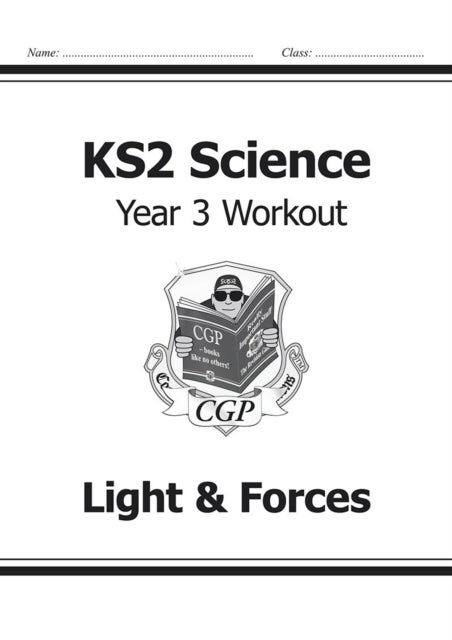
Mapping the Transnational World av Emanuel Deutschmann
319,-
<p><b>A study of the structure, growth, and future of transnational human travel and communication</b><br><br>Increasingly, people travel and communicate across borders. Yet, we still know little about the overall structure of this transnational world. Is it really a fully globalized world in which everything is linked, as popular catchphrases like ¿global village¿ suggest? Through a sweeping comparative analysis of eight types of mobility and communication among countries worldwide¿from migration and tourism to Facebook friendships and phone calls¿<i>Mapping the Transnational World</i> demonstrates that our behavior is actually regionalized, not globalized.<br><br>Emanuel Deutschmann shows that transnational activity within world regions is not so much the outcome of political, cultural, or economic factors, but is driven primarily by geographic distance. He explains that the spatial structure of transnational human activity follows a simple mathematical function, the power law, a pat








